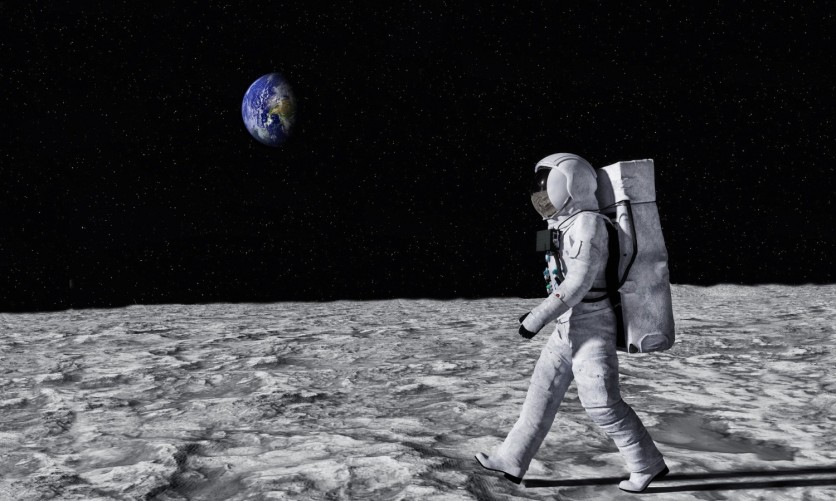NASA plans to deploy a technology demonstrator known as the Electrodynamic Dust Shield (EDS) on the private Firefly Blue Ghost Mission 1 to investigate methods for repelling and eliminating lunar dust using electricity.
Dust may seem inconsequential to many on Earth, but for astronauts and spacecraft bound for the Moon or Mars, it poses a hazard that requires attention.
This has led researchers at NASA's Kennedy Space Center in Florida to investigate innovative applications of Electrodynamic Dust Shield (EDS) technology.

The Electrodynamic Dust Shield Technology
EDS technology utilizes transparent electrodes and electric fields to lift and eliminate dust from various surfaces critical for space missions, including thermal radiators, solar panels, and spacesuits.
Given its potential to mitigate dust-related challenges, its successful implementation is deemed crucial for future Moon missions under NASA's CLPS (Commercial Lunar Payload Services) initiative and Artemis campaign.
Dr. Charles Buhler, lead research scientist at Kennedy's Electrostatics and Surface Physics Laboratory, highlighted the importance of addressing dust exposure on lunar missions. Lunar regolith dust, unlike its earthly counterpart, is sharp and abrasive, posing risks to spacecraft components and astronauts alike, according to Buhler.
The genesis of EDS technology traces back to NASA's Electric Curtain concept from 1967, with development efforts at Kennedy dating back to 2004. Following extensive testing in vacuum chambers and low Earth orbit, promising results were achieved, demonstrating the technology's efficacy in removing lunar regolith from surfaces within seconds, according to NASA.
In recent developments, EDS technology was integrated into the EagleCam instrument as part of Intuitive Machines' lunar lander mission, showcasing its versatility and effectiveness in the lunar environment.
This success has paved the way for another EDS technology demonstration set to accompany NASA's CLPS initiative mission with Firefly Aerospace later this year.
Read Also : The First Non-Americans to Land on the Moon Will be Japanese as NASA, JAXA Sign Agreement for Lunar Rover
Prospects of the EDS Technology
Dr. Buhler expressed enthusiasm about the prospects of EDS technology, emphasizing its potential as a primary defense mechanism for establishing a sustained human presence on the Moon.
Beyond its primary application in surface cleaning, EDS technology holds promise for enhancing various aspects of lunar missions, from equipment maintenance to operational efficiency.
"For these CLPS and Artemis missions, dust exposure is a concern because the lunar surface is far different than what we're used to here," said Dr. Charles Buhler, lead research scientist at the Electrostatics and Surface Physics Laboratory at Kennedy.
"Lunar regolith dust can get into gaskets and seals, into hatches, and even into habitats, which can pose a lot of issues for spacecraft and astronauts."
With ongoing evaluations and testing, EDS technology remains at the forefront of NASA's efforts to address dust-related challenges in space exploration.
"The team has put in a tremendous amount of work and dedication. EDS is considered the leading technology and the best we have for the removal of dust for space applications," Buhler said. "To fly as a dedicated payload on a mission to the Moon is very exciting."
Related Article : Lunar Exploration Update: NASA Successfully Tests Autonomous CADRE Rovers for Moon Mapping

ⓒ 2025 TECHTIMES.com All rights reserved. Do not reproduce without permission.




